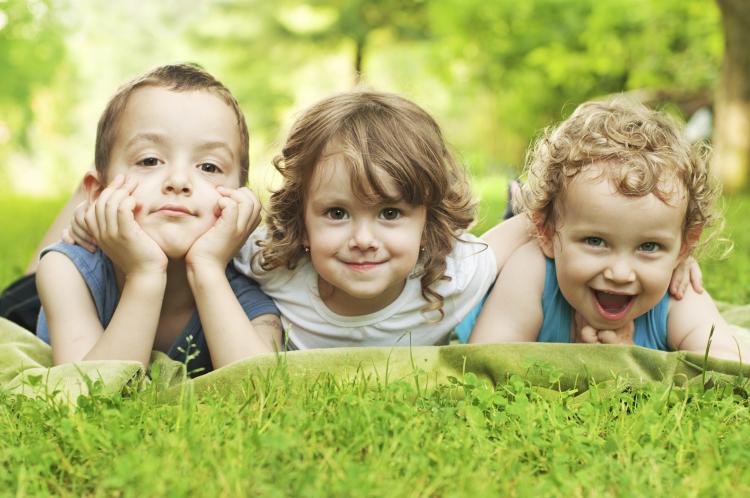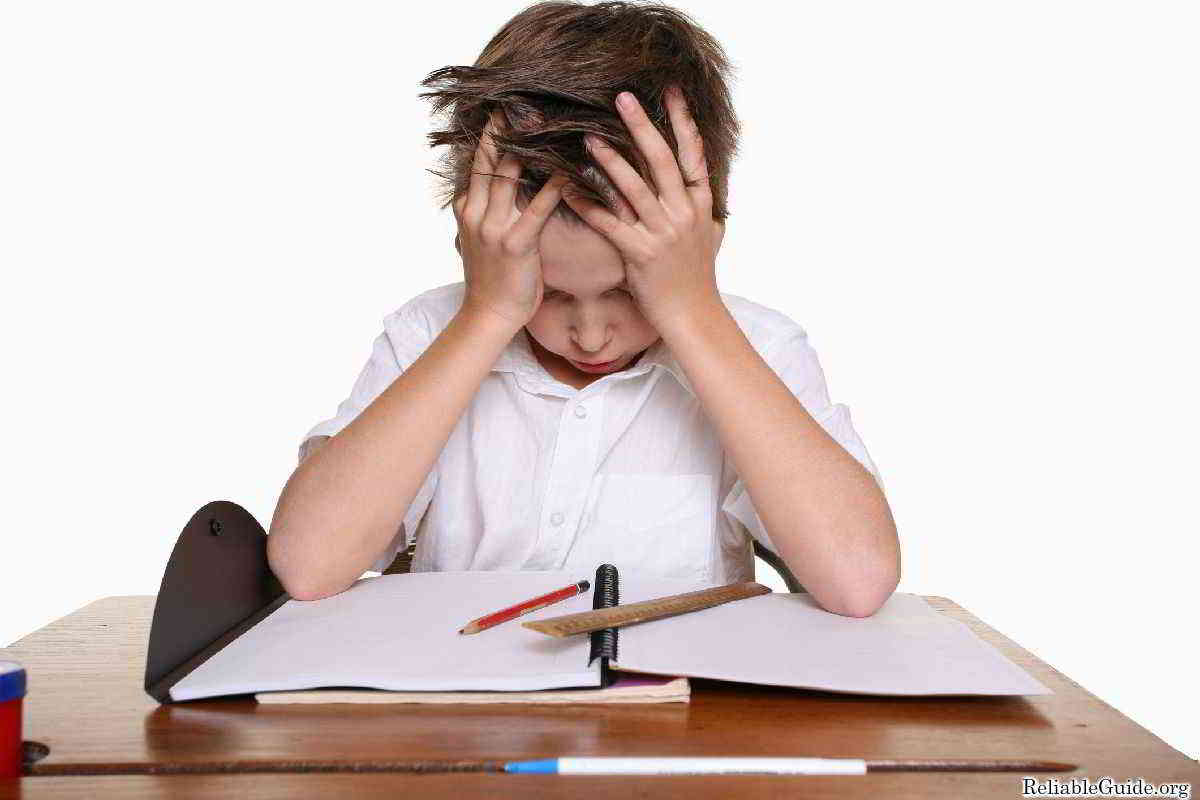
Siblings
Nita, 30 years old, a competent software engineer is completely baffled managing her two children – 6 year old Mit and 3 year old Jaina. Mit has recently started going to school and feels very superior about his activities. He calls his sister a slob, dumb and slow. Jaina throws a tantrum, which is met with a push or pinch from Mit. Nita in turn slaps Mit and consoles Jaina. This now results in Mit turning away from Nita and calling her biased and unloving.
The intensity of sibling fighting and arguing – not just in the early childhood years but in later life also takes many parents by surprise. It destroys their idyllic fantasy of blissful family life. They may feel that it reflects some failure on their part. No parent feels entirely adequate to more than one child. When children get into a struggle, parents feel that they must protect one or the other. They quickly make any situation into a triangle. The children’s rivalry is fueled by the parents getting involved.
Rivalry and competitiveness between children is common – natural and understandable. It would be unusual when children do not argue with each other. In each family the rivalry is expressed in different ways and the preferred method and style of fighting will change as years pass. Much of the fighting has to do with the children’s feeling about their place in the family i.e., their place in their parent’s love, affection, respect and approval.
If siblings feel irritated or hostile or jealous, they all too often express that hostility without inhibition. Personality of each sibling may be different and there would be clashes according to differing aptitudes. Close familiarity and enforced intimacy brings plenty of tensions. Boredom may make one child provoke the other one to liven up the scene. Keeping them involved actively and interested in things can keep the quarreling level low. Wanting to be in control is another reason. The energy of competitive drive can encourage rivalry. If competition is healthy, it develops a sense of self-confidence, if overdone; it loses its significance and turns bitter. The rivalry is most intense under age five and declines when both are at school where they have a wider world of friends and activities and more distractions from each other. Arguments teach them a lot. At the very least, they are learning about someone else’s point of view, and eventually they will have to take that point of view into account.
What you can do:
You should avoid name – calling or labeling either child as sloppy or slow, anxious or lazy even if affectionately. If the other child does that, take him aside and point out that it is hurtful and unfair to keep referring to that trait. Praise the wounded child for all positive things and reassure him. Encourage him when the other child is not there. Avoid comparisons about looks, success at school, achievements or talents. You can also try to get the help of the older child for the younger one. Doing things together will make the attachment between them grow. On the other hand make sure that the older child also gets his privacy and that the young eager one does not hog all his time. The young child is often an expert in diverting all attention from the older one onto him. Learning to share is important but it is also important to every child to have some possessions of his own, things that really become part of his growing sense of whom he is. If the children are close in age and resent sharing things then getting duplicates (in small things) will help. One mistake that you might be prone to make is to see what is happening between your children in terms of what happened to you as a child. Parents tend to be more empathic with the child who has the same sibling position that they experienced. Differences in gender roles and expectations expressed by the parents can underlie sibling rivalry. It is your child’s individuality and sense of self that is important. Intervention between children who are fighting is an art. Even with the most skilled detective work it is difficult to ‘fit the blame’. Your involvement increases the hope of both kids that you will take their side and thus your intervention may actually encourage more quarrelling. Also if you settle their arguments for them, they do not learn to sort out things for themselves. Learn to leave them alone to resolve issues between themselves. You of course, have to take care that one child does not end up being exploited all the time. Turning a blind eye to bullying and teasing that causes distress will not work. Encourage them to communicate with each other and understand the other’s point of view. Listen to both of them and not just one, keeping your responses neutral and non-judgmental, not taking sides. Keeping them apart may work if you feel that they are spending much time on top of each other. Physical aggression is a special issue. There has to be a clear directive against physical violence. This is difficult to maintain in those households where there is domestic violence; husband beating wife or parents beating children. Physical depiction of frustration is then taken as an acceptable form of expression. Whoever started it, hitting is not tolerated, so also for deliberate destruction of other’s things. There is no vagueness about this rule and it applies to the whole family.
Sibling arguments and quarrels can seem trivial and endless; and seem very irritating for parents. As people grow older they often experience a desire to reconnect with brothers and sisters, and they may take great effort to resolve long- standing sibling conflicts. Learning to live with others in a family is one of the most important learning opportunities that anyone can have. You, as a parent may worry too much about protecting a child from feelings of rivalry. The ideal is to teach a child how to feel responsible for his sibling and for the family’s well being. Learning responsibility for others may come from taking care of a sibling. Most important of all, is for you to keep a sense of humour – and to realize that these quarrels will decrease. There is a light at the end of the tunnel.



